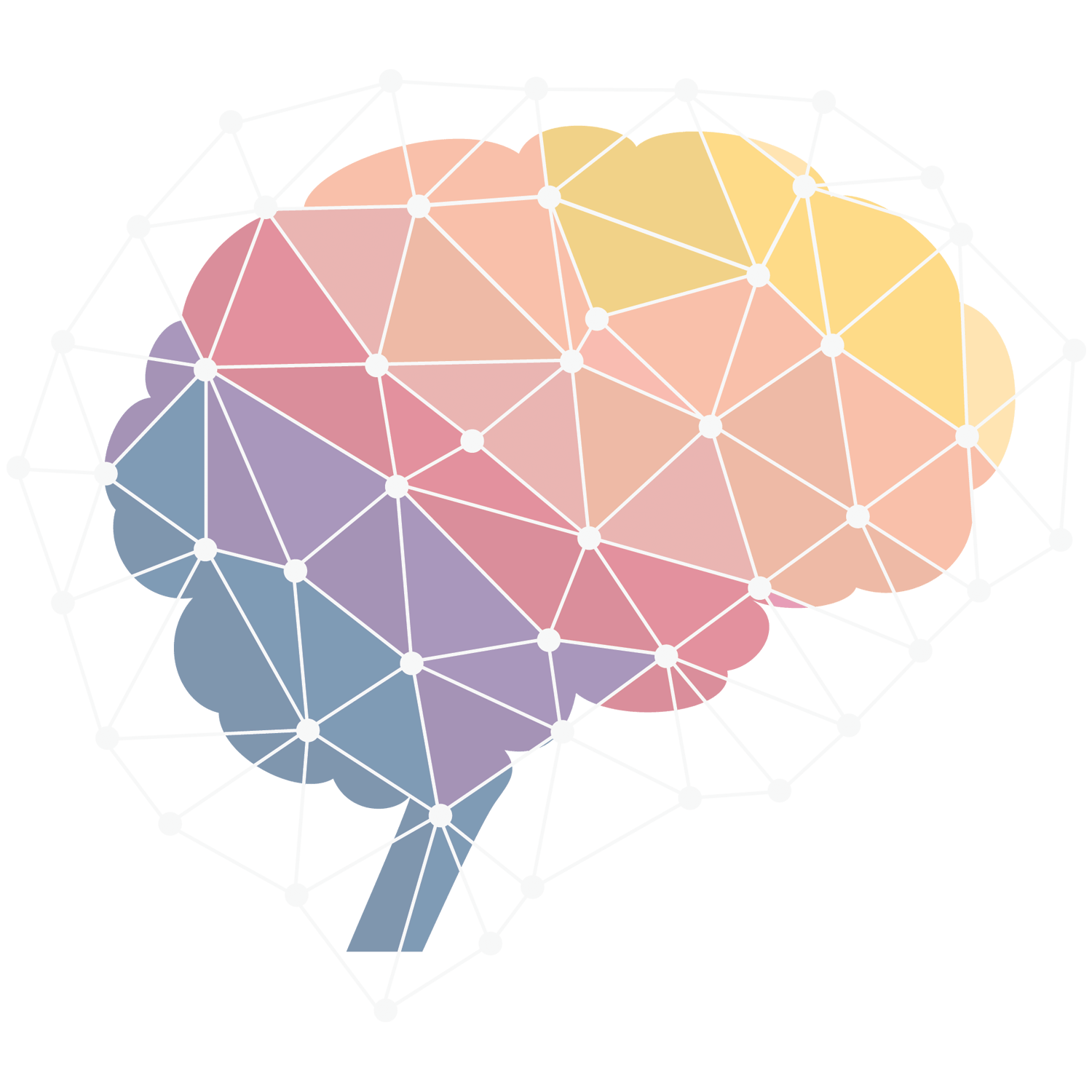Published: May 1, 2022 by Jiayi
VIEW HERE!
About this Research Topic
The advent of the internet-of-things and big data era has propelled a global attempt to revamp the von Neumann computing architecture so as to manage data-intensive applications such as image and natural language processing in a much more energy and time economical way. The mammalian brain has naturally become the golden reference by virtue of its ability to handle complex data in real-time at a fraction of the energy cost of existing computers. Neuromorphic computing, as it is widely known, is a new paradigm aimed at realizing electronic hardware platforms that mimic the functions of the biological neural network. Driven by advances in material science and electronic device engineering, recent years have witnessed exceptional progress on building-block devices and algorithms that could pave the way for a second electronics revolution-a full-fledged neuromorphic computer.
There are already many excellent topical volumes on neuromorphic computing. Hence, why another one? Our objectives are two-fold. First, like others, it serves as an updated collection of review articles, which is imperative due to the very rapid development in this field. The second objective is related to the approach, the most popular being the artificial neural network inspired by hypotheses on how cortical systems learn real-world information. The general notion is that such systems would start off as non-functional and learning is achieved through repeated training trials that helped shape information flow and storage via the establishment of synaptic connections. But is this the way things should go and what would be the challenges in the big data era? It should be mentioned that non-cortical species also possess exceptional survival skills shortly after they existed, pointing to the presence of specialized, preprogrammed neural circuitries that have evolved over many generations. Therefore, besides engineering and computing science progress in this field, insights from neuroscientists on cortical and non-cortical functions are highly desirable and may guide the development of specialized algorithms and artificial neural devices/circuits. After all, neuromorphic is the convergence of electronics, computing science, and neuroscience.
The scope includes but is not limited to the following:
- insights into cortical/non-cortical functions
- artificial spiking neuron/synapse
- spiking neural networks
- data- or event-driven approaches
- approaches for analysis of spatiotemporal signals
- retinomorphic machine vision
Types of articles include review papers, communications/original research papers, and perspectives
Keywords: artificial spiking neuron, data-driven approaches, spatiotemporal signal analysis, spiking neural networks, Artificial intelligence, artificial neurons/synapses, neuromorphic algorithms/filters, retinomorphic
Important Note: All contributions to this Research Topic must be within the scope of the section and journal to which they are submitted, as defined in their mission statements. Frontiers reserves the right to guide an out-of-scope manuscript to a more suitable section or journal at any stage of peer review.
Access HERE

![[NEWS]Scholarship opportunities!](https://www.ntu.edu.sg/images/default-source/corporate/ntu-30-anniversary-logoc1850609-db51-4cc8-9788-62c50778e47b.svg)